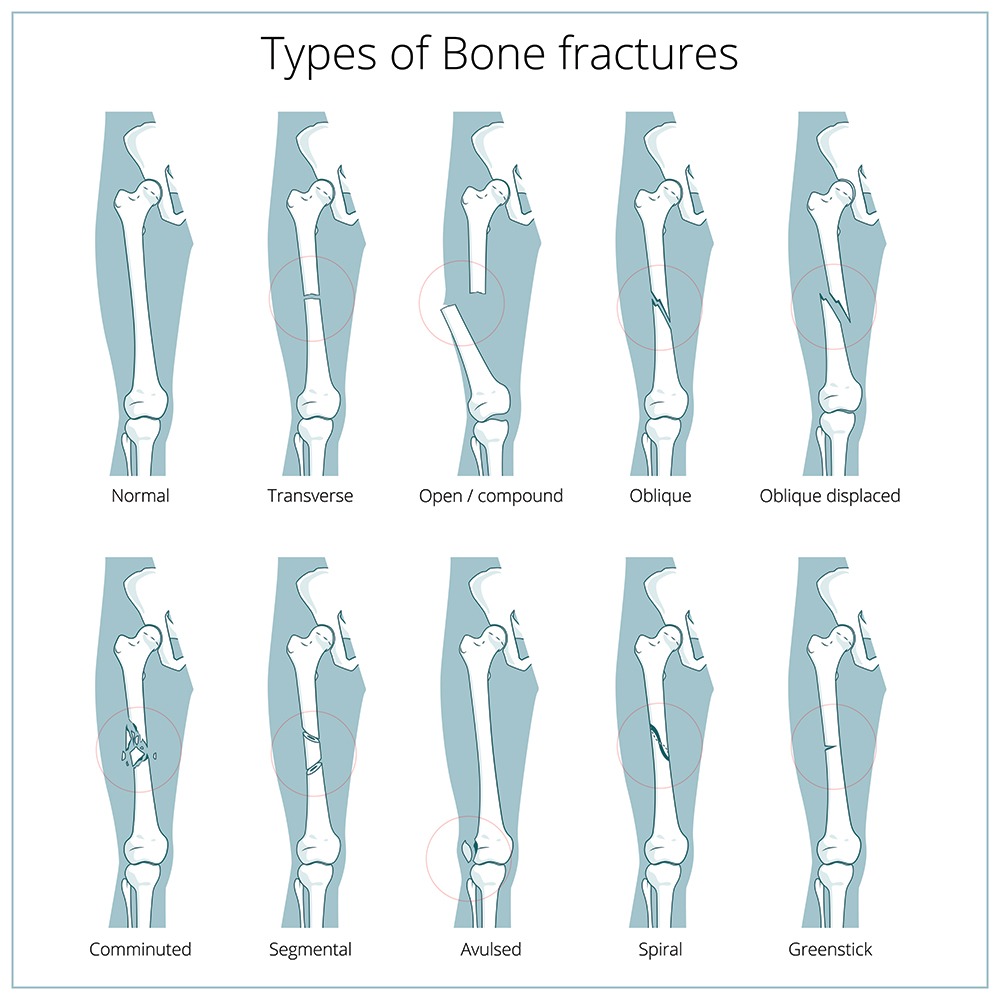

COMPOUND FEMUR BREAK SKIN
While it is often the case, a bone does not necessarily need to break through the skin to be classified as a compound fracture if the fracture site is exposed at all it is considered a compound fracture.Ĭompound fractures are treated and stablised with surgery to minimise the risk of an infection developing which can prevent the bone from healing. The major clinical features of FES include hypoxia, pulmonary dysfunction, mental status changes, petechiae, tachycardia, fever, thrombocytopenia, and anemia. This type of fracture is more serious than a simple fracture and carries a high risk of infection as the fracture site is exposed to outside dirt and bacteria. Most femoral fractures take about 4 to 6 months to heal completely, but you should be able to resume many activities before this time. Fat embolism syndrome (FES) is a multi-organ disorder with potentially serious sequelae that is commonly seen in the orthopaedic patient population after femur fractures. In both of these cases, the breaks may extend into the knee joint and may shatter the bone into several pieces.Ī compound fracture or open fracture, is an injury that occurs when there is a break in the skin around the broken bone. Diabetes, especially a diabetes-related foot ulcer. Blood infection or conditions like sickle cell anemia. Artificial joint, such as a hip replacement.

Sometimes, a fungus or other germ causes a bone infection. When they occur in younger patients it is often the result of a high-energy injury such as a car crash. Staphylococcus aureus bacteria ( staph infection) typically cause osteomyelitis. These types of fractures occur most commonly in older people whose bones are weak. Comminuted fractures: a fracture where the bone breaks into three or more pieces Oblique fractures: a fracture with the break on an angle Open or compound.
COMPOUND FEMUR BREAK CRACK
A proximal femur fracture (hip fracture) is a break in the uppermost part of. Overview What is a compound fracture A compound fracture is a break or crack in your bone that is visible through your skin. Distal femur fractures occur when the thighbone (femur) breaks just above the knee joint. The four types of leg fractures (broken femurs) are proximal femur, femoral shaft.


 0 kommentar(er)
0 kommentar(er)
